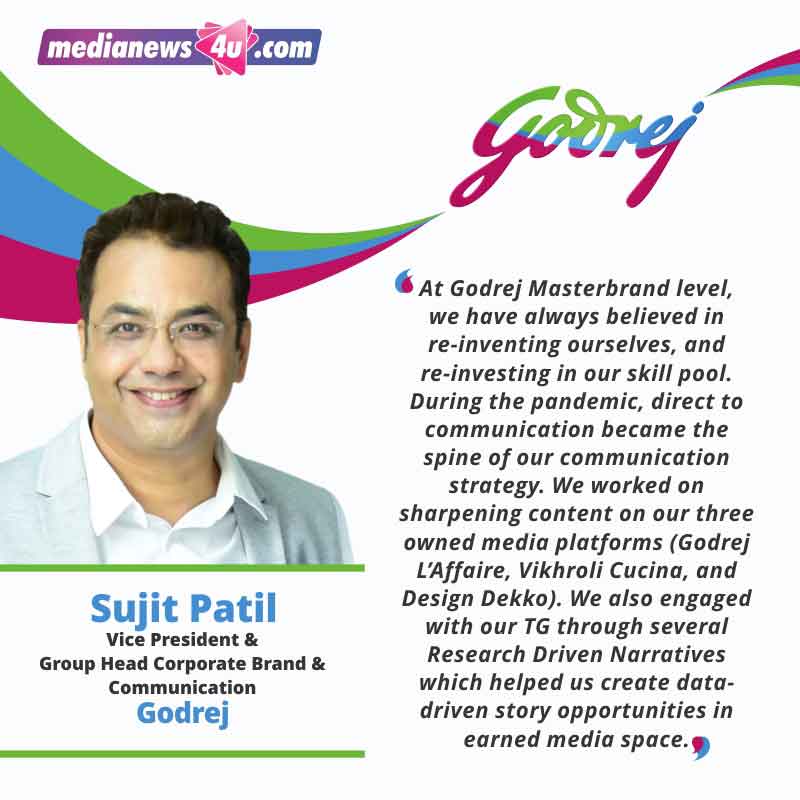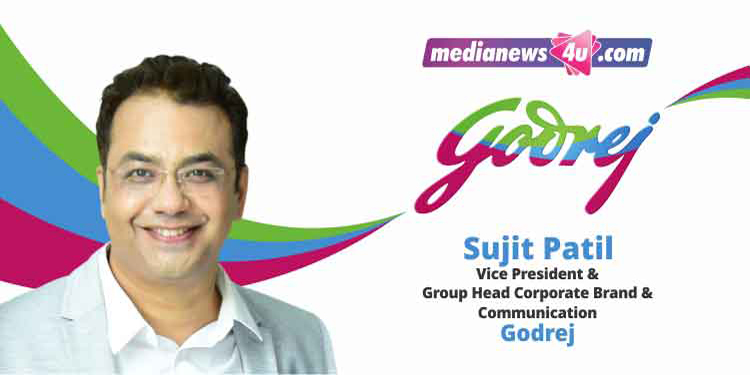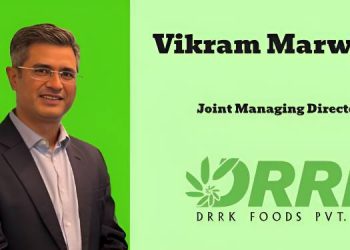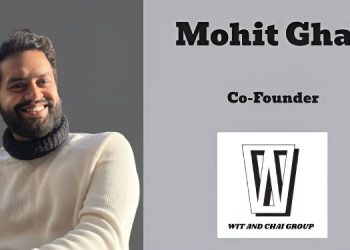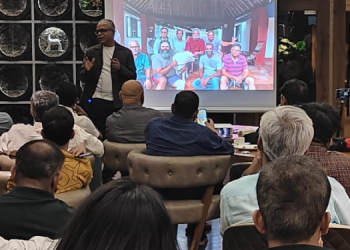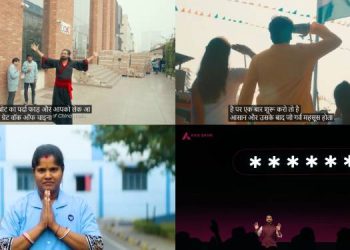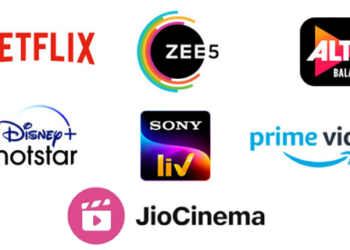The year 2021started well but suddenly the second wave hit us and we were back to lockdown in most of the states. This pandemic and the fight against Covid-19 have only united us and in a way have prepped us all to adapt to the many ‘new normals’ that it brought with itself.
What a dramatic change this Covid19 has brought to our lives, whether it is the business or for us human beings. Businesses, jobs, are still seeing great upheavals; the world is also seeing a tectonic shift in the way brands and people communicate. Indian Advertising all through this crisis for the past one and a half years has been on its feet by innovating new methods of communication for its brands to reach out to its consumers. Brand communication has become more empathetic, keeping in mind the sentiments and moods of the consumer in general.
On the question of brand communication, we spoke to Sujit Patil, Vice President, and Group Head Corporate Brand and Communications, Godrej on how the company has coped and made sure that the brand communication is purposeful and empathetic. He also talks about the use of social media effectively and much more…
The pandemic has seen a tectonic shift in how we personally communicated and how brands have communicated, your thoughts?
Purpose, empathy, and authenticity have taken center stage, and how! 2020 reminded us of all that we need to focus on what matters to us the most – on personal, societal, and professional levels. Also, the pandemic has been the single biggest catalyst of the digital transformation of organizations and functions. It has fast-tracked the adoption of digital in the direct-to-consumer communication strategy of organizations and brands. And however good a story is, if you don’t tell it with authenticity and with empathy, you are never going to build a relationship with your audience.
Brands have learned to be more agile, empathetic, responsible, and authentic in their communication.
Do brands now look at more personalized and empathetic communication to reach out to their consumers?
Empathetic and authentic communications have always formed the core of the right communication strategy. What the pandemic did was to bring it to the fore. It’s no more acceptable for a brand to have an inauthentic, pompous, or indifferent approach to its customers.
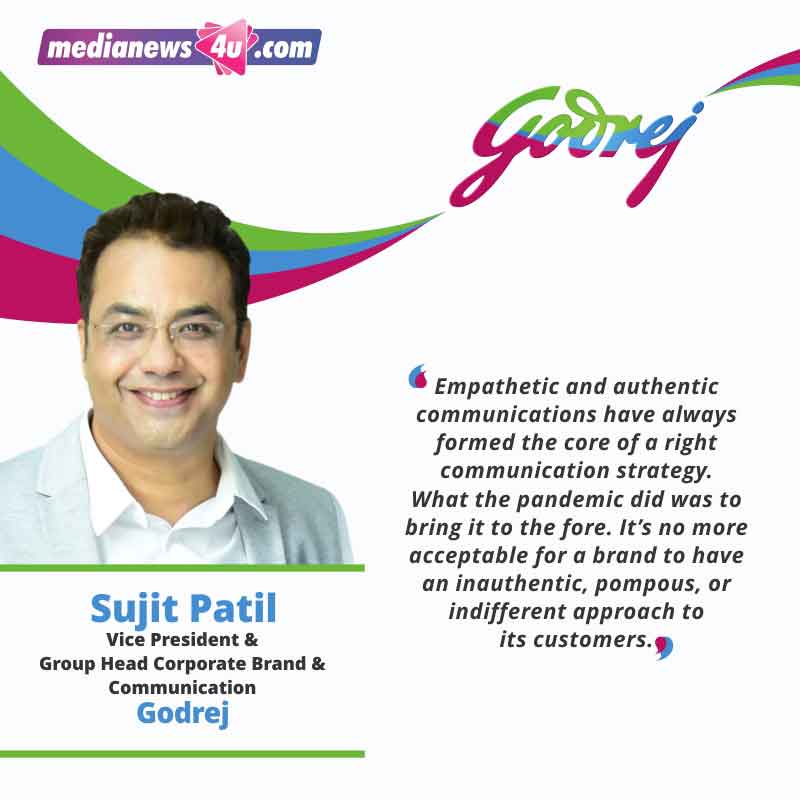
The change in the emotional equation between brands and consumers has not been unidirectional. Consumers too are now far more open to engaging with brands if the content and message is delivered in the right tone, at the right time, and on the right platform. While the propensity to consume subtly branded content has increased, ‘on-the-face’ branded content must face the cognitive ad-blocker of consumers.
An interesting analogy my colleague shared with me is that even in communication too, E=MC2 holds true. Engagement = Message X Content (Format+Channel) X Customer. Engagement is a direct result of the right message, delivered in the right format and channel, to the right customer.
Today social media is a go-to place for all, irrespective of age, has there been a change in the tone of communication on these platforms?
Tonality change is platform agnostic. In fact, it’s critical to have a uniform personality and tonality in messaging regardless of the platform, channel, or mode of communication. Any communication which is not authentic and empathetic holds the risk of being called out not just by customers but also other stakeholders (including your employees).
Social media also comes with a lot of cons as fake news is prevalent, how have brands countered it?
The biggest tool against fake news is to be forthright and forthcoming to your audience. If your communication strategy is unidirectional, it exposes your brand to fake news peddlers. If you have a direct to communication channel, customers feel confident to reach out directly to the brand to nib any miscommunication / fake news campaign at its bud. It is equally important to counter fake news through stronger, bidirectional, and authentic conversations with your audience. Brands are also now conscious of the fact that a message sans context can spiral into a crisis in the hands of fake news peddlers. Hence, it is increasingly important to look at how a message will be perceived by various segments of your audience before its released to public.
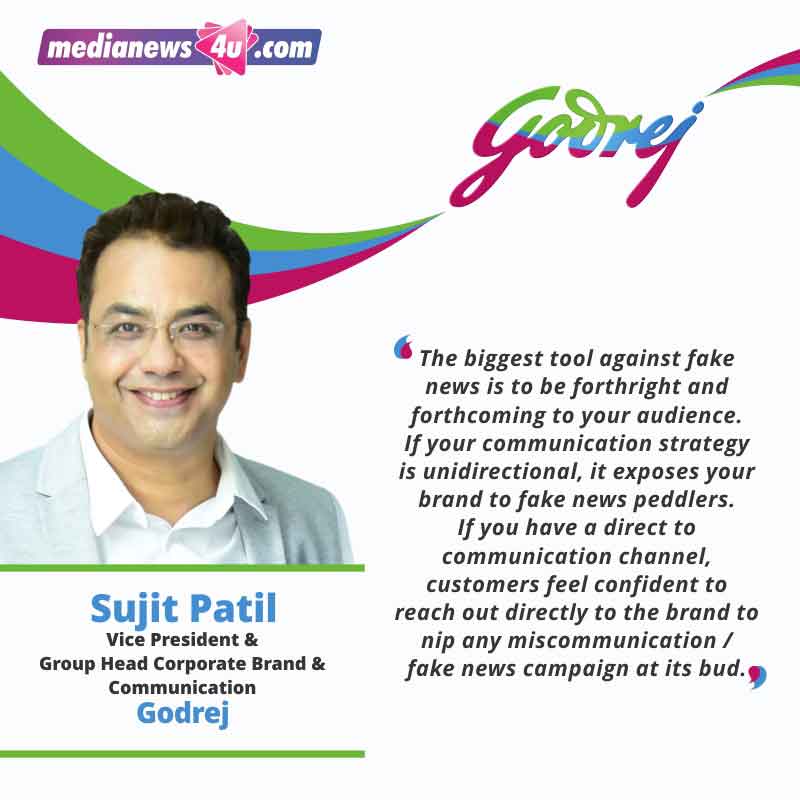
The PR and MarComm industry has seen a paradigm shift, how are you seeing the industry today?
Integrated communication for me is the way forward. The effectiveness of campaigns just zooms up when the strategy cuts across paid, owned, and earned media genres. Gone are the days when a PR campaign was seen as just an announcement or crisis mitigation vehicle. The industry is slowly understanding that ROO (Return on Objective) is a better measure of performance than ROI, AVE, MAV, etc.
The pandemic re-established the power of earned media in reputation management. The ability to tell a story in engaging and authentic ways has always been at the core of PR. During the initial days of the pandemic, communicating to a wider audience posed newfound challenges to marketers and communicators alike. There were fewer newspapers getting published, the editorial space was shrinking, large on-ground events were severely impacted, fake news was on the rise, and most of the reading population was switching to digital. Therefore, in addition to the four Ps of the marketing mix, an earnest push to achieve the fifth ‘P’ was critical during these turbulent times – Public Perception.
This is one of the unsolicited learning of the pandemic that the industry should not unlearn. In addition to the other oft-used integrated communication tools, direct communication channels emerged as a key source of communicating to and connecting with the TG. Owned media platform strategy brought brands, influencers, and consumers together to co-create content and engage wider audiences. The pre-requisites were to make the story compelling, authentic, relevant, engaging, and experience-driven.
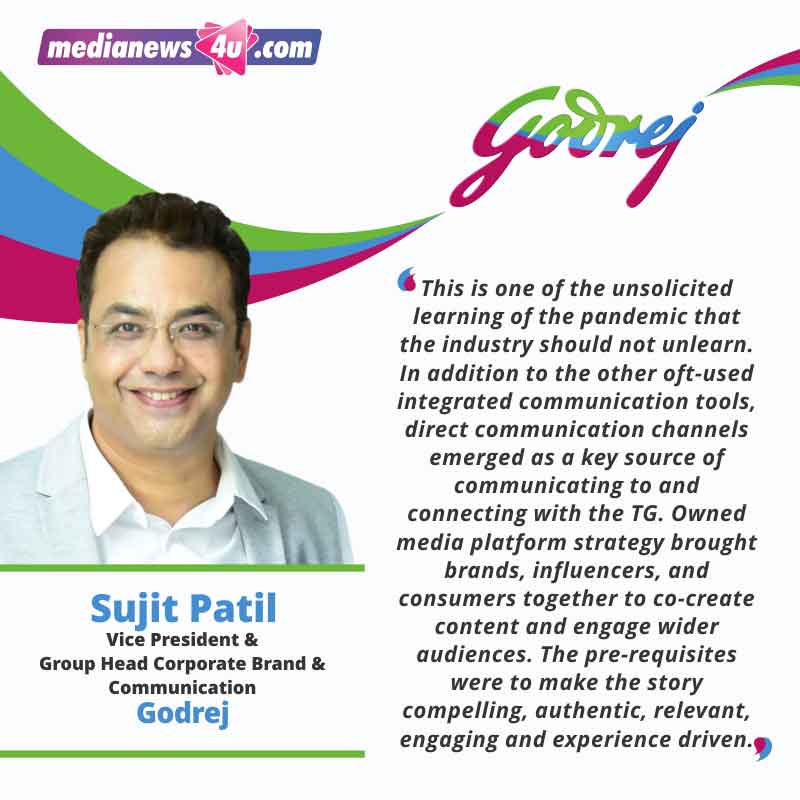
Every campaign must pass the RECCE (Relevance, Engagement, Content, Community, and Experience) test. If your campaign fails on any of these factors, the success, impact, and return on objectives of the campaign will diminish.
Digital is in the forefront, how is the PR and MarComm viewing it, and have they welcomed it?
There is a shift in gears in terms of adoption of digital solutions, agility in strategy, and cross-functional approach to communication. During the pandemic, consumer’s focus has shifted to digital, and it made more economic and business sense for brands to be on (or invest in) platforms where their customers are present. The communication industry to has been increasing its engagement with digital and hybrid media. Functionally too, the communication industry is going through a skill-change phase. Both on the corporate and on the consultancy side. Communicators can no longer be content with selective skills and tools at their disposal. A good PR and communication team will comprise people with multiple skills, competencies, attitudes, and aptitude towards upskilling including cross-functional capabilities, understanding of digital tools, the knack for working with data and insights.
The world is now operating in a new normal, as the corporate brand and communications head how have you relooked and re-defined communication for the Godrej Masterbrand?
At Godrej Masterbrand level, we have always believed in re-inventing ourselves and re-investing in our skill pool. During the pandemic, direct communication became the spine of our communication strategy. We worked on sharpening content on our three owned media platforms (Godrej L’Affaire, VikhroliCucina, and Design Dekko). We also engaged with our TG through several Research Driven Narratives which helped us create data-driven story opportunities in earned media space. We are also preparing to launch the Godrej Podcasts that will engage with our external stakeholders at a thought leadership level. Our focus on webinars, InstaLives, video content, contextual and topical videos, and everything digital has been enhanced.
